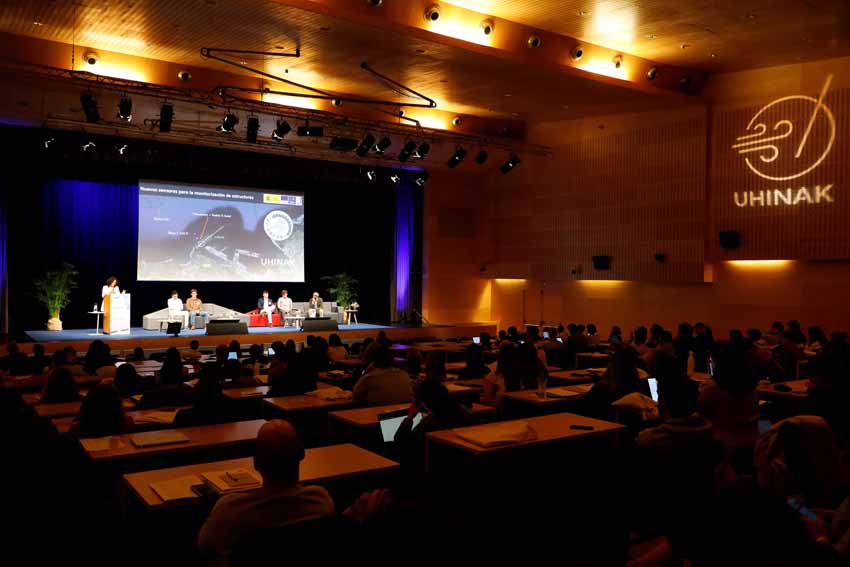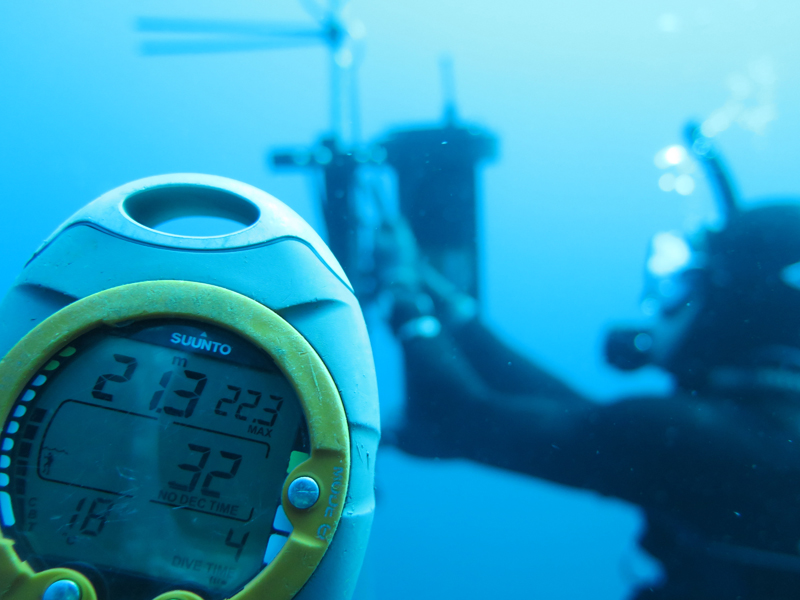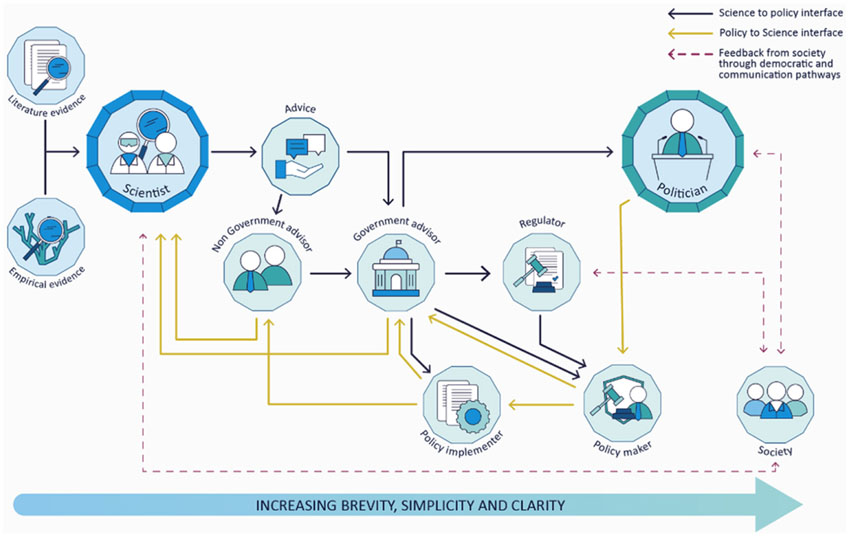We don’t have to save the Planet, we have a responsibility to make the world a better, more sustainable and healthier place – Analysis of the Glasgow Climate Summit
Últimas noticias
A pioneering genetic catalogue reveals hidden biodiversity in Basque estuary sediments
Uhinak Technical Committee Sets the Key Points for the 7th International Congress on Climate Change and the Coast
“We fishermen are the ones who earn the least”
ROGELIO POZO, CEO of AZTI and GUILLEM CHUST, head of the Climate Change area in Oceans and Coasts at AZTI.
After a Climate Summit in Glasgow with more expectations than relevant agreements, many unknowns remain as to how the international response will be to the climate challenges facing the planet. Rogelio Pozo and Guillem Chust analyse the agreements reached.
Índice de contenidos
- The Climate Summit helps raise global awareness of the need for change, but does not address in detail how to do it.
- Agreements are necessary but not sufficient
- Facing climate challenges will not be possible without the public’s involvement and the science’s support.
- All summits bring progress, however small. The Glasgow Climate Summit, too
The Climate Summit helps raise global awareness of the need for change, but does not address in detail how to do it.
The agreement among countries at the Glasgow Climate Summit (COP26) expresses alarm and concern that human activities have caused around 1.1°C of global warming to date and that impacts are already affecting all regions. To meet this challenge, the text underlines the urgency of increasing ambition and action on mitigation, adaptation and finance in this critical decade.
Specifically, the agreement calls on the 196 participating states to review their 2030 emission reduction targets within one year, with the aim of keeping global warming below 1.5ºC to 2ºC above pre-industrial levels. The text recognises that, to achieve this, global emissions need to fall by 45% by 2030 and achieve carbon neutrality by mid-century. Achieving this goal will require significant changes in society, people, businesses and economic systems. Huge changes in themselves and with huge interdependencies. This requires tackling major challenges such as: reforming and transforming food production systems; electrifying our lives; redesigning production processes; decarbonising fuels; and boosting carbon management and markets.
The summits fulfil a major objective, which is to raise global awareness of the need for change, but they do not address in detail how to do it. Transforming the way we live, the way we produce and consume often involves new technologies that do not yet exist or are too expensive. All these aspects are fundamental and have not been dealt with in the depth they require at the summit.

Agreements are necessary but not sufficient
According to the Climate Action Tracker (CAT) institute, if the agreements were to be fulfilled, it would not be enough to reach the Summit’s own targets. The CAT points out that, assuming all the Glasgow target commitments are met, global greenhouse gas emissions in 2030 will still be roughly double what is needed to reach the 1.5°C limit.
According to the agreement, developed countries commit to jointly mobilise $100 billion per year as soon as possible and until 2025 to support developing countries in mitigation and adaptation. In fact, the agreement regrets that this annual amount has not already arrived as they committed to in 2015 in the Paris Agreement. In any case, we will have to see if this capital really translates into converting the energy industry to renewables, and let us hope that the development of these new “clean” technologies is not based on obtaining certain minerals that pollute more than the extraction of fossil fuels. The challenge is indeed complex. To bear in mind that, in addition, the other major part of emission reductions in developed countries is not real either, since it is being sustained by the purchase of products manufactured and transported from countries thousands of kilometres away.
The demographic challenge only increases the urgency. Population growth and the ecological footprint that each person generates during their lifetime will increase the negative effects on climate change if there are no global agreements that allow for sustainable and healthy human development at a global level. Without such a vision, it will not be possible to engage all countries in a global challenge.
Facing climate challenges will not be possible without the public’s involvement and the science’s support.
People overestimate short-term risks and underestimate medium and long-term risks. The agreement recognises the climate emergency and the need to act as soon as possible, the risks are certain, science cannot define exactly which of all possible scenarios will be the most likely, but in all cases the consequences for people will be severe. One of the main difficulties in facing the climate challenges is likely to be in getting all countries to comply with what has been agreed. Tackling all these issues is not easy and requires transformational leaders, with the capacity to achieve major global agreements and to communicate to people that the current way of life is not sustainable. This will not be possible without the involvement of consumers by prioritising the choice of more sustainable products and the support of science by providing accessible and easy-to-implement innovations.
All summits bring progress, however small. The Glasgow Climate Summit, too
The agreement is not binding for the signatory countries, it merely acknowledges the climate emergency, and only “urges” urgent action. Perhaps because of this, reality shows us that no international agreement at climate summits to date has succeeded in curbing the increase in global atmospheric CO2 concentration. However, all summits make progress, however small, they make us all aware of the need for change, and they bring about changes in public policies, financial instruments, strategies and investment priorities of companies.
As an example and at a local level in the Basque Country, the Multi-agent Forum for Social Transition and Agenda 2030 was set up this week, which represents “the will to collaborate to promote the Sustainable Development Goals as a national priority”, a good example of the changes needed to take on global challenges together. We do not have to save the Planet, we have the responsibility to make a better sustainable and healthy world, the commitment to leave a decent planet to our children.







